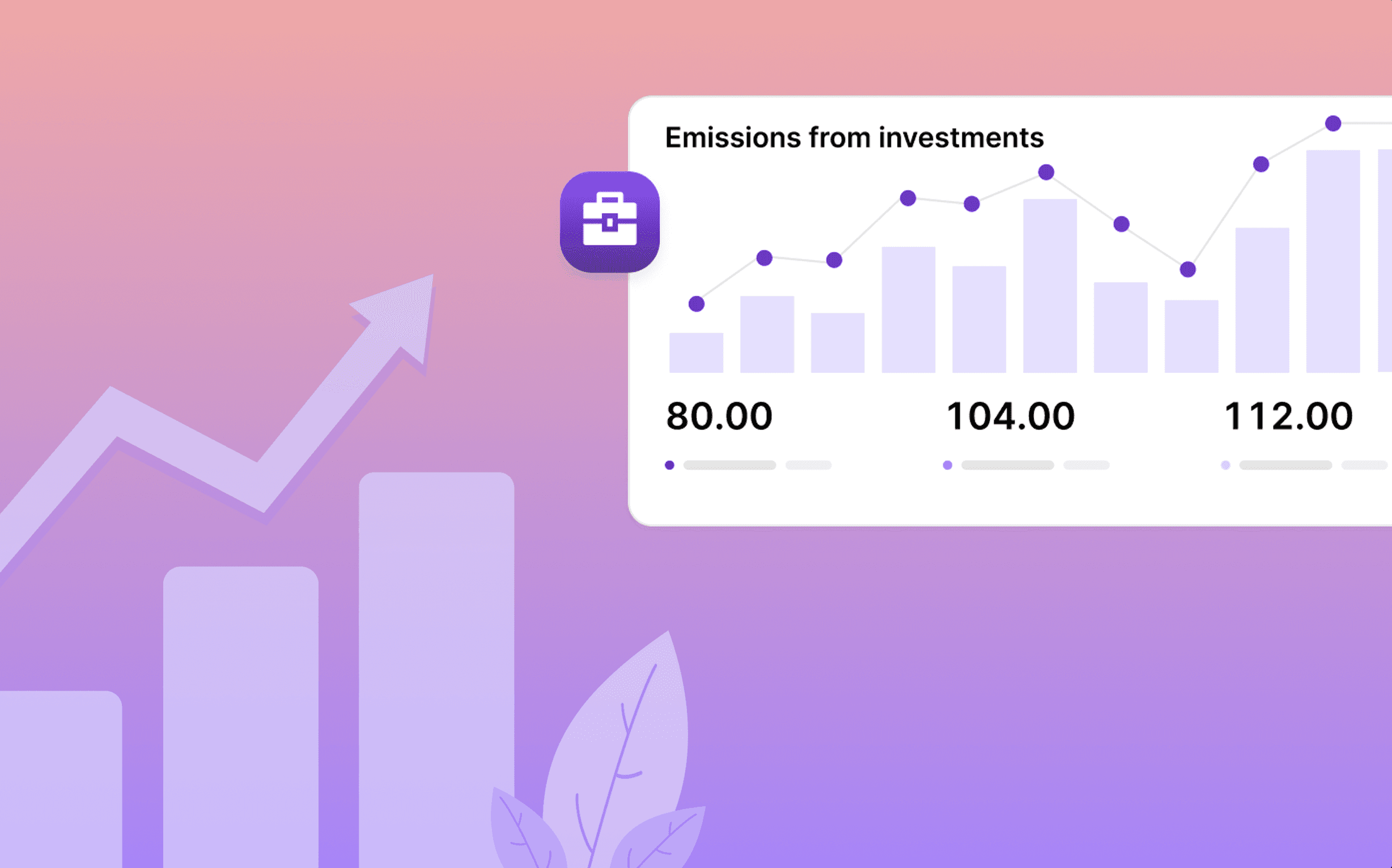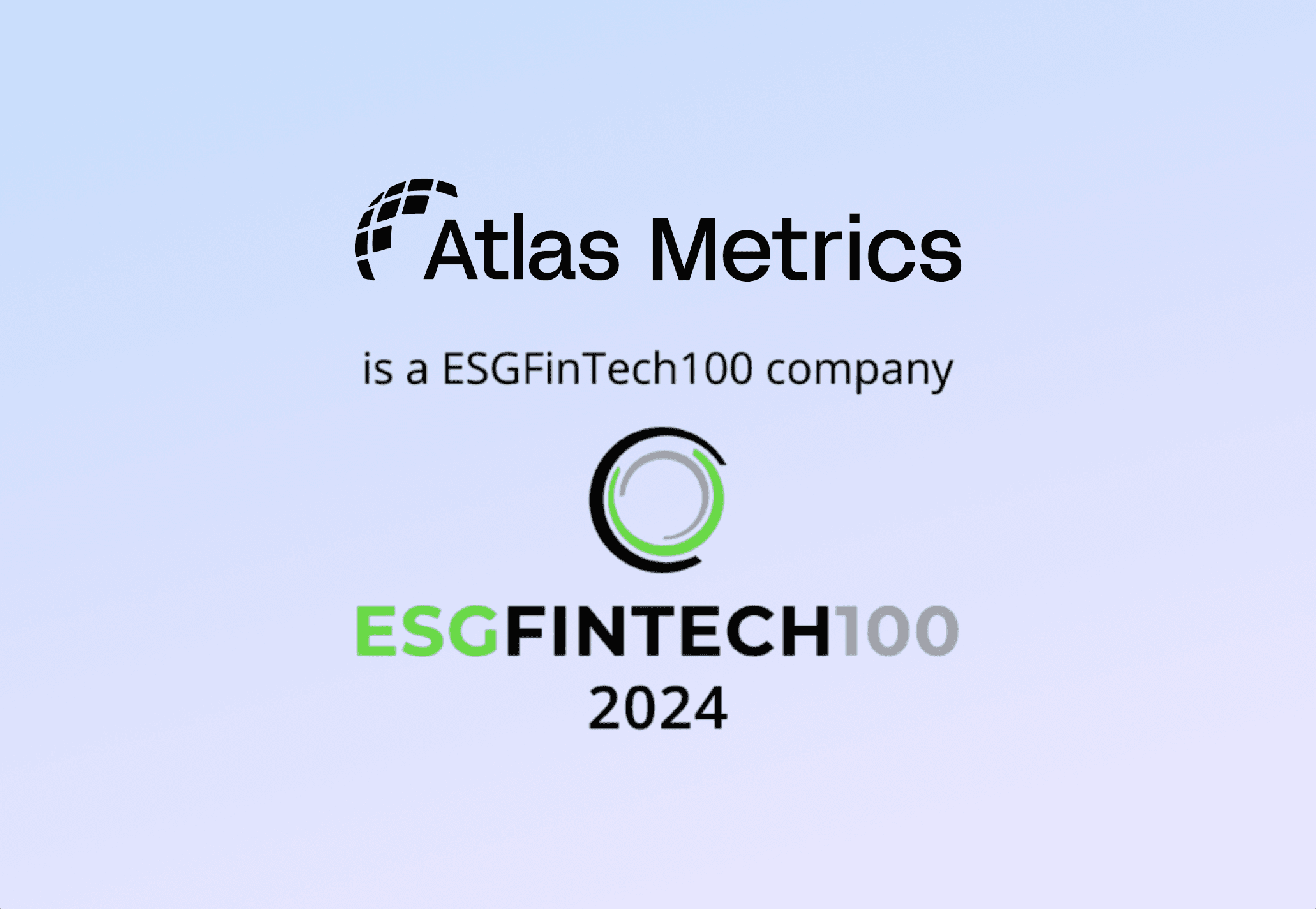The key links between CSRD and SFDR
21.06.2024
·
Nadine Jager
The Environmental, Social, and Governance (ESG) regulatory landscape in the European Union is evolving, presenting challenges to companies and investors. The Corporate Sustainability Reporting Directive (CSRD) and the Sustainable Finance Disclosure Regulation (SFDR) are two key frameworks within this landscape and navigating compliance with these can be complex. Understanding their relationship and how their requirements overlap is essential for streamlining reporting efforts.
The relationship between CSRD and SFDR
The CSRD and SFDR are part of the EU's Sustainable Finance Framework, which aims to enhance transparency in sustainability practices. The CSRD sets sustainability reporting rules for large companies and listed SMEs, while the SFDR mandates sustainability disclosures for financial market participants.
Financial market participants subject to SFDR reporting requirements must first collect the relevant data from their portfolio companies. These companies, in turn, often are obliged to report under CSRD. Many data points needed for CSRD compliance overlap with those required by financial market participants for their SFDR reporting. More precisely, the CSRD and SFDR complement each other through shared goals, data overlap, and mutual reinforcement. This means companies already gathering data for SFDR have a head start in meeting CSRD requirements, and vice versa.
This overlap provides a strategic advantage for navigating both regulatory frameworks. Companies should familiarize themselves with SFDR to anticipate investor inquiries, while investors should pay attention to CSRD to stay informed about the sustainability matters that companies will increasingly report.
Overview of common data points
Appendix B of the Commission Delegated Regulation (EU) 2023/2772 highlights data points supporting both CSRD and SFDR requirements.
Key overlapping data points include:
Board gender diversity
Activities in the fossil fuel sector
Exposure to controversial weapons
Energy consumption (renewable and non-renewable) and intensity
Greenhouse gas (GHG) emissions (Scope 1, 2, and 3), carbon footprint, and GHG intensity
Emissions to water
Hazardous and radioactive waste
Impact on biodiversity-sensitive areas
Policies for compliance with OECD Guidelines and UN Guiding Principles
Gender pay gap
Violations of OECD Guidelines and UN Guiding Principles
However, not all SFDR data points are strictly required under CSRD. One key step of the CSRD is the double-materiality assessment to identify the sustainability matters that are most important for the company to address. This assessment determines the disclosures that must be included in the report, specifically focusing on topics assessed to be material. If certain SFDR-required data points are not material, companies must explain why they are excluded from their CSRD reports.
How to reduce the reporting workload
Understanding the overlap between CSRD and SFDR can streamline reporting processes and reduce redundant data collection. However, manually managing this overlap can be challenging without deep ESG expertise, especially when different terminology is used for the same data points.
Using the right software tools can significantly reduce the reporting workload. Atlas Metrics automates data transfers across various ESG standards, identifying and re-using common data points to pre-fill multiple reports at once. This makes data collection a one-time effort. With secure data sharing, stakeholders can easily collaborate and provide the necessary data to automatically calculate complex metrics like the SFDR PAI indicators.





